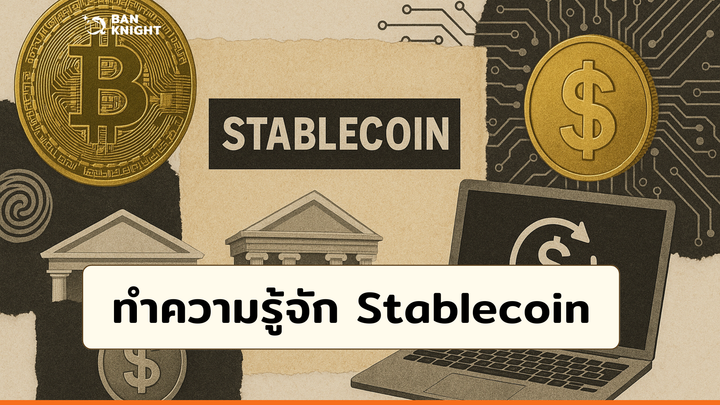Understanding Solana Alpenglow: A Game-Changing Consensus Upgrade

Introduction
In May 2025, Solana unveiled Alpenglow, a revolutionary consensus protocol poised to redefine blockchain performance. Developed by Anza, a Solana Labs spin-off, Alpenglow represents the most significant overhaul of Solana’s core protocol to date, aiming to deliver near-instant transaction finality and enhanced network resilience. This article explores what Alpenglow is, how it works, and why it matters for the future of decentralized applications (dApps) and the broader blockchain ecosystem.
What is Solana Alpenglow?
Solana Alpenglow is a next-generation consensus protocol designed to replace Solana’s existing mechanisms, Proof of History (PoH) and Tower Byzantine Fault Tolerance (BFT). These legacy systems, while innovative, result in a block finality time of approximately 12.8 seconds, with optimistic confirmations reducing perceived latency to 500–600 milliseconds. Alpenglow shatters these benchmarks by achieving a median transaction finality of 150 milliseconds, sometimes as low as 100 milliseconds, making Solana competitive with Web2 infrastructure for real-time applications.
Named after the German term Alpenglühen ("Alps glow"), which describes the reddish glow on mountain peaks at sunrise or sunset, Alpenglow reflects its Swiss origins and symbolizes a new dawn for Solana’s performance. Led by Anza’s research team, including Professor Roger Wattenhofer of ETH Zurich, the protocol leverages cutting-edge distributed systems research to simplify Solana’s architecture while boosting speed, security, and decentralization.
How Does Alpenglow Work?
Alpenglow introduces two core components, Votor and Rotor, that replace Tower BFT and Turbine, respectively, to streamline consensus and data propagation:
- Votor: A Streamlined Voting Engine
Votor is Alpenglow’s new consensus mechanism, designed to finalize blocks in one or two voting rounds. If 80% of the network’s stake is online, Votor achieves finality in a single round, often within 150 milliseconds. If only 60% of the stake is responsive, a second round ensures consensus, maintaining liveness even under partial outages. This “20+20” fault tolerance model allows the network to withstand up to 20% adversarial stake and an additional 20% non-responsive stake, enhancing resilience. Votor also uses off-chain voting with BLS signatures, reducing ledger bloat and cutting validator operational costs by approximately $5,000 per month by eliminating on-chain vote transaction fees. - Rotor: Optimized Data Dissemination
Rotor refines Solana’s Turbine protocol, which breaks blocks into smaller, erasure-coded pieces for rapid dissemination. Unlike Turbine’s multi-layer tree structure, Rotor uses a single-layer relay system, minimizing network hops and leveraging stake-weighted, geography-aware routing to optimize bandwidth. This reduces latency by about 40% compared to Turbine, ensuring blocks propagate swiftly even under network congestion. Rotor’s design mitigates the leader bottleneck, distributing data dissemination across validators to enhance decentralization and resilience.
Alpenglow eliminates Proof of History, which used a cryptographic clock to sequence events, and replaces it with a fixed 400-millisecond block time. This simplifies coordination while maintaining high throughput. By removing gossip-based vote propagation and legacy components, Alpenglow reduces complexity, making the protocol more intuitive and robust.
Why Alpenglow Matters
Alpenglow’s impact extends beyond technical upgrades, unlocking new possibilities for Solana’s ecosystem:
- Unprecedented Speed: With finality times of 100–150 milliseconds, Alpenglow enables real-time applications like high-frequency trading, multiplayer gaming, instant payments, and responsive user interfaces. This rivals centralized Web2 platforms, making blockchain viable for latency-sensitive use cases.
- Improved Developer Experience: Deterministic finality eliminates the uncertainty of optimistic confirmations, allowing developers to build dApps with predictable performance. This is critical for applications requiring instant trust, such as DeFi protocols or live auctions.
- Enhanced Decentralization: By reducing validator costs and distributing data dissemination, Alpenglow lowers barriers for smaller validators, strengthening network security against centralization risks. However, some note that Solana’s stake distribution, where 35 validators could theoretically finalize blocks, remains an economic centralization challenge.
- Economic Implications: Lower operational costs and increased validator participation could drive demand for SOL tokens, as staking becomes more accessible. Additionally, streamlined consensus reduces ledger growth, clarifying Solana’s transactions-per-second (TPS) metrics by excluding vote transactions.
- Ecosystem Growth: Alpenglow positions Solana as a leader in the Layer-1 blockchain space, potentially attracting developers and users from competing networks. Its performance could bolster Solana’s case for exchange-traded fund (ETF) approval, though regulatory hurdles remain.
Implications for the Solana Ecosystem
Alpenglow’s introduction has far-reaching implications for Solana’s stakeholders. For developers, the protocol’s speed and deterministic finality eliminate the need for layer-2 solutions to achieve low latency, simplifying dApp development and improving user experience. Validators benefit from lower costs and reduced hardware demands, potentially increasing network participation and decentralization. For users, transactions will feel nearly instantaneous, enhancing Solana’s appeal for consumer-facing applications. Additionally, the improved performance could boost SOL token demand, as more validators stake to secure the network, and the ecosystem’s growth may attract further investment, especially given Solana’s $90 billion market capitalization and its position as the sixth-largest cryptocurrency in 2025.
Challenges and Criticisms
While Alpenglow is a bold leap forward, it’s not without risks. Critics, like Bitcoin developer Jeff Garzik, argue that sub-second finality may compromise decentralization or security, as global consensus at such speeds could prioritize performance over robustness. Solana’s history of outages, attributed to its reliance on a single validator client (Agave), raises concerns, though a second client is rumored for late 2025. Additionally, Alpenglow’s success depends on validator adoption and network conditions, with testing expected to conclude by early 2026.
Current Sentiment and Future Outlook
The announcement of Alpenglow at the Solana Accelerate conference on May 19, 2025, sparked excitement across the crypto community. Posts on X highlight its potential to make Solana “100x faster” and a “game-changer” for DeFi and real-time applications. Developers and investors are closely watching the testnet rollout, expected in late 2025, with mainnet implementation likely in 2026 following a Solana Improvement Document (SIMD) process.
Alpenglow is more than a technical upgrade, it’s a statement of Solana’s ambition to lead the next generation of Web3 infrastructure. By delivering sub-second finality, enhanced resilience, and a simplified architecture, it paves the way for a blockchain that feels as instantaneous as the internet itself. For developers, validators, and users, Alpenglow promises a future where decentralized applications are not just fast but transformative, redefining what’s possible in the world of blockchain technology.



Comments ()